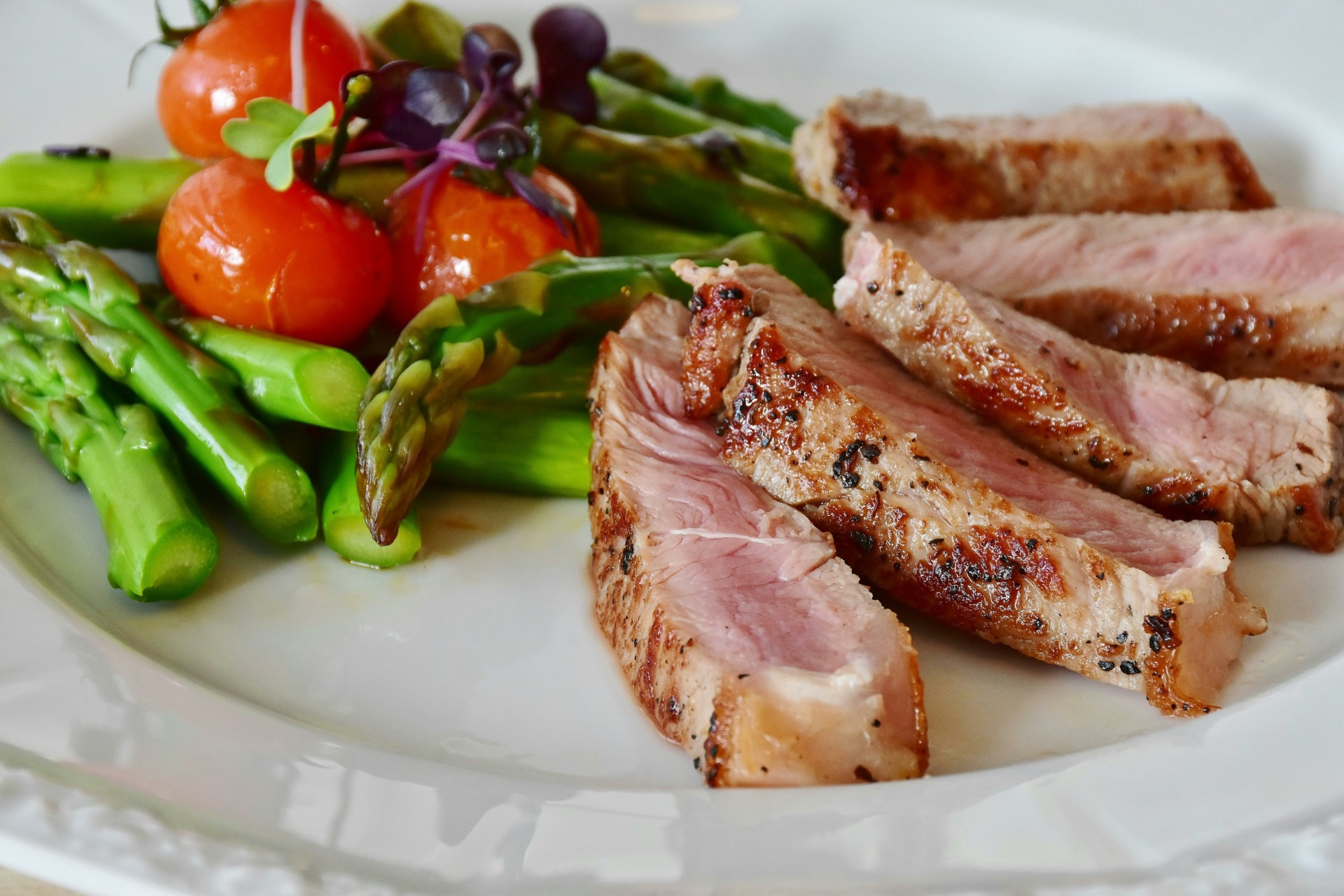Eating well after 50 isn’t just about choosing the right foods—it’s also about eating the right amount. As we age, our metabolism slows, our activity levels may change, and our bodies require fewer calories. However, portion sizes have grown over the years, and it’s easy to overeat without even realizing it.
Overeating—even healthy foods—can lead to weight gain, sluggish digestion, and increased risk of health issues like diabetes, heart disease, and joint pain. The good news? With a few practical portion control strategies, you can enjoy your meals, feel satisfied, and maintain a healthy weight and energy levels without feeling deprived.
Let’s dive into simple ways to manage portion sizes and prevent overeating for a healthier and more balanced lifestyle.
🍽️ Why Portion Control Matters More After 50
Our bodies go through natural changes as we age, affecting how we process food:
✅ Slower metabolism – Fewer calories are needed to maintain weight.
✅ Muscle loss (sarcopenia) – Without enough protein and strength training, muscle mass declines.
✅ Hormonal shifts – Changes in hormones can affect hunger and satiety signals.
✅ Digestive changes – Overeating can lead to bloating, acid reflux, and discomfort.
By paying attention to portion sizes, you can support your metabolism, improve digestion, and keep energy levels steady throughout the day.
🥦 1. Use Smaller Plates and Bowls
One of the simplest tricks to eating less without feeling deprived is downsizing your plates and bowls. Studies show that people naturally eat less when they serve themselves on smaller dishware.
💡 Try This:
- Use 9-inch plates instead of oversized 12-inch plates.
- Serve meals in smaller bowls to avoid overloading portions.
- Choose a tall, narrow glass instead of a short, wide one for drinks like juice or milk.
Why It Works:
Your brain perceives a full plate as a full meal, so using a smaller dish tricks your mind into thinking you’re eating more than you actually are.
🥄 2. Follow the “Hand Guide” for Easy Portion Control
You don’t need a food scale to measure portions—just use your hands as a simple portion guide:
✋ Protein (meat, fish, tofu, beans) = Palm size (about 3–4 ounces)
✋ Carbs (rice, pasta, potatoes, bread) = Cupped hand (about ½ cup cooked)
✋ Vegetables (salads, steamed veggies) = Two open hands (fill up on these!)
✋ Fats (nuts, butter, cheese, oil) = Thumb size (about 1 tablespoon)
💡 Why It Works:
This method scales with your body size—a larger person will naturally have larger hands and need slightly bigger portions.
⏳ 3. Eat Slowly and Mindfully
Your brain takes about 20 minutes to recognize that you’re full. If you eat too quickly, you’re more likely to overeat before your brain catches up.
💡 Try This:
- Put your fork down between bites.
- Chew slowly and savor each bite.
- Avoid eating in front of screens (TV, phone, computer).
- Drink water before meals to help slow down eating.
Why It Works:
Eating slowly helps you tune into your body’s natural hunger and fullness signals, making it easier to stop when satisfied instead of stuffed.
🥗 4. Serve Yourself “Plated Portions” (Not Family-Style Meals)
It’s easy to overeat when food is sitting in front of you. Instead of bringing serving dishes to the table, portion your meal onto your plate in the kitchen before sitting down.
💡 Try This:
- Use pre-portioned containers instead of eating straight from the package.
- When dining out, ask for a to-go box and pack up half your meal before you start eating.
- Don’t eat from the bag! Pour snacks into a small bowl instead.
Why It Works:
When food is out of sight, you’re less likely to keep reaching for seconds out of habit.
🥦 5. Fill Half Your Plate with Vegetables
Non-starchy vegetables are low in calories and high in fiber, meaning they take up space in your stomach without causing weight gain. Plus, they’re packed with vitamins, minerals, and antioxidants that support aging health.
💡 Try This:
- Fill half your plate with vegetables, then divide the other half between lean protein and whole grains.
- Use roasted veggies, leafy greens, or colorful salads as your main side dish.
- Add flavor with herbs and spices instead of heavy sauces.
Why It Works:
Veggies help slow digestion and keep you full longer, reducing the likelihood of overeating calorie-dense foods.
🍫 6. Satisfy Cravings with Small Portions
Completely avoiding favorite treats can backfire, leading to cravings and binge-eating later. Instead of cutting out desserts or comfort foods, enjoy them in moderation.
💡 Try This:
- Have a small piece of dark chocolate instead of a full candy bar.
- Share a dessert when dining out.
- Use smaller bowls for ice cream or snacks to prevent mindless overeating.
Why It Works:
Allowing yourself small, controlled portions satisfies cravings without guilt or overindulgence.
🛌 7. Get Enough Sleep (Yes, It Affects Overeating!)
Lack of sleep increases hunger hormones and reduces self-control, making it harder to stop eating when full. Poor sleep is linked to higher cravings for sugary, high-calorie foods.
💡 Try This:
- Aim for 7–9 hours of sleep per night.
- Avoid eating heavy meals close to bedtime.
- Stay hydrated—dehydration can sometimes be mistaken for hunger.
Why It Works:
When well-rested, your body naturally regulates hunger and satiety hormones more effectively.
🏆 Final Thoughts: Small Changes, Big Impact
Managing portion sizes and preventing overeating isn’t about strict dieting—it’s about developing small, sustainable habits that help you feel satisfied and maintain a healthy weight.
✨ Key Takeaways:
✅ Use smaller plates and bowls for natural portion control.
✅ Follow the hand portion guide for easy measuring.
✅ Eat slowly and mindfully to recognize fullness.
✅ Pre-portion meals instead of eating straight from large servings.
✅ Fill half your plate with veggies for natural appetite control.
✅ Satisfy cravings in small portions instead of depriving yourself.
✅ Get enough sleep to regulate hunger hormones.
By making simple tweaks to your eating habits, you can enjoy food, feel energized, and stay in control of your portions—without feeling restricted.
Photo by Pixabay: https://www.pexels.com/photo/grilled-meat-dish-served-on-white-plate-361184/



Leave a Reply